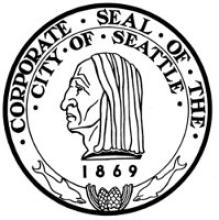Colorado and Mississippi Test White Space Technology
We recently reported on the WhiteSpaces Pilot Project from the Gigabit Libraries Network (GLN). In order to find out the results in the trenches, we contacted two participant communities: Delta County, Colorado and Pascagoula, Mississippi.
The project connects libraries with vendors that supply equipment tapping into what has been television spectrum, or "white spaces." A Wi-Fi signal travels farther on white space spectrum and can travel through obstacles such as buildings and trees.
The five libraries in the Delta County Libraries system serve a community of approximately 30,000 people. Most residents live on farms or in small towns scattered throughout the county. The libraries all offer free Wi-Fi and serve as places to socialize, connect, and hold community meetings. Library District staff installed the equipment in the library in Paonia, population 1,500.
TDS Telecom and Skybeam offer limited Internet access in the area, but many people do not live in the service areas or cannot afford the steep rates. John Gavan, IT Manager of the Libraries system, predicts that 90% of visits to the facilities focus on Internet access.
When the Delta County Library in Paonia closes down every night, the parking lot is usually filled with people tapping into the library's free Wi-Fi. The GLN WhiteSpaces Pilot went live in Paonia in October 2013. The library's Wi-Fi now sends a signal down the main street in town. They recently created a second hotspot to extend free Wi-Fi even farther. The community hopes to transmit the signal to a park located one mile from the library so summer festival vendors can to use the Wi-Fi for credit card transactions.
Gavan describes the technology as an easy set-up with minimal tech support from the vendor. The terrain in Delta County includes significant hills and trees. The ability to send the signal through obstacles is a major plus in Paonia, where the terrain can be challenging. As an IT Manager, he especially appreciates the ability to monitor and manage the white space network from any Internet connection.



